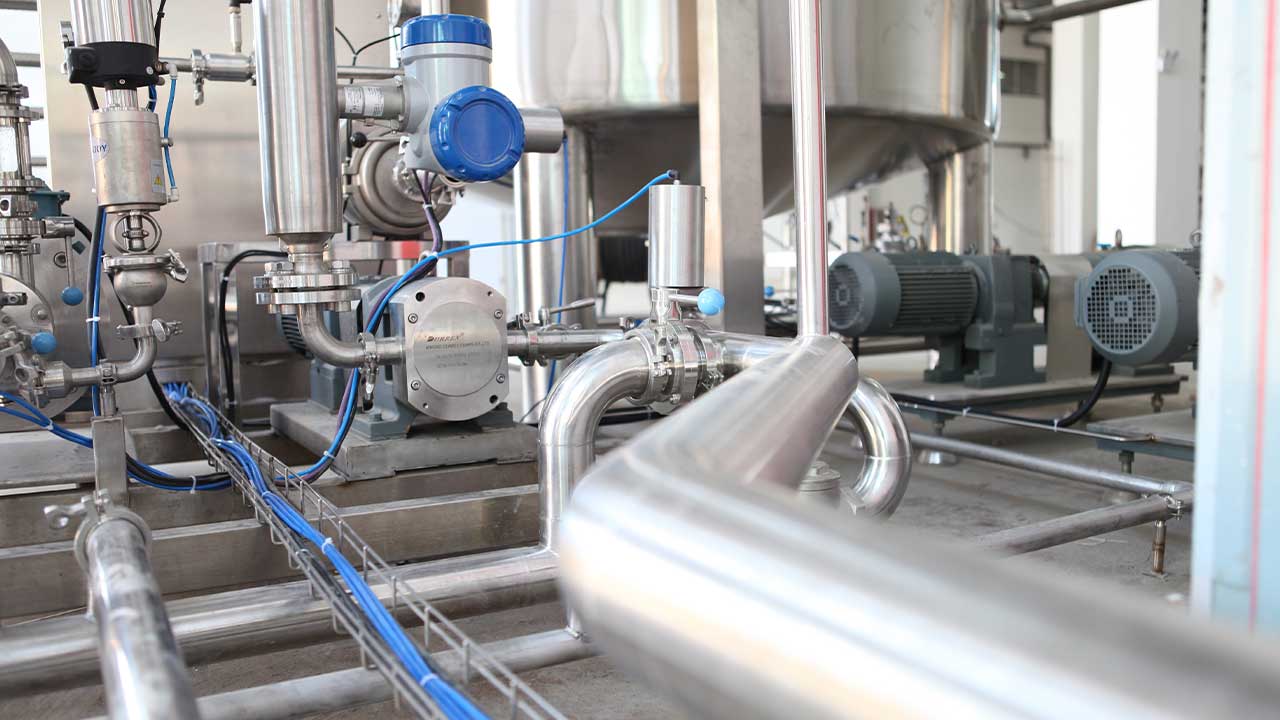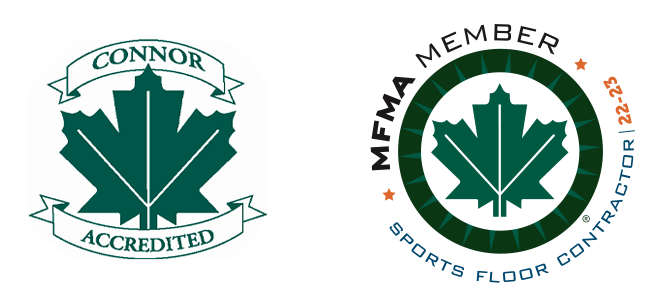Ammonia refrigeration systems that ice rinks and other recreational facilities use offers a wide range of benefits. These systems are highly efficient and environmentally friendly. After an ammonia leak that resulted in fatalities in 2017, however, there are questions about the ice refrigeration safety of these systems.
In Part 2 of this article, we’ll look at low-cost devices to improve your facility’s ice refrigeration safety.
Is it Worth Investing in Low-cost Devices to Improve Ice Refrigeration Safety?
Device to enhance ice refrigeration safety include:
- Pressure relief valves
- Level detectors
- Rupture discs
- A pH sensor
Pressure Relief Valves
When there is a leak from the ammonia side to the secondary brine side, there can be a build-up of pressure if the chiller is isolated. Release valves on the secondary brine side will prevent an increase of pressure and allow for the safe relief of contaminated brine to a secure location.
Level Detector
A leak in the secondary side of the chiller can also cause the chiller to run dry, which can result in corrosion. During idle periods in seasonal ice rinks, operators tend not to inspect chillers regularly, which can increase the risk of the chiller running dry through leaks.
Connecting a level-detector to the facility’s alarm system will is a solution to warn the facility whenever the brine levels fall below a specific level.
Rupture Discs
The emissions from an ammonia vent stack can set off the alarm system of a facility. Fitting rupture discs ahead of the release valves can prevent this from happening. Rupture discs have present rupture points, and you can attach a pressure gauge after the rupture disc to flag a release.
Additionally, you can add a pressure transducer to the discs to flag alarms to the facility computer control system.
pH Sensor
Ammonia leaks can be dangerous, and a facility needs an early warning system to detect signs of leaks. There are three ways to determine if there are ammonia leaks in the brine system. The first method is with pH paper. Ammonia has a high pH level of more than 8.5, so an operator can easily detect its presence with this method.
The second way to detect an ammonia leak into the brine system is to take samples semi-annually and send them to a lab for testing. This method is not the most proactive, however, and it can be expensive.
This third method of detecting an ammonia leak is to install a pH sensor and connect it to the computer system. If there is a rise in pH, the sensor will send an alert, and the operator can take precautionary steps to prevent brine contamination. Another place to install a pH sensor is in the heat recovery system.
Conclusion
There were several contributors to the incident that happened in Fernie, British Columbia. The facility used an obsolete chiller system. The refrigerating system also had an outdated design with a large refrigerant charge.
The incident proves that an ammonia leak can be potentially dangerous. The high-quality construction of these systems makes them safe for use, however. With proper care and management, facilities can mitigate risks completely.
Missed the first part? Find Ice Refrigeration Safety Part 1 here.



